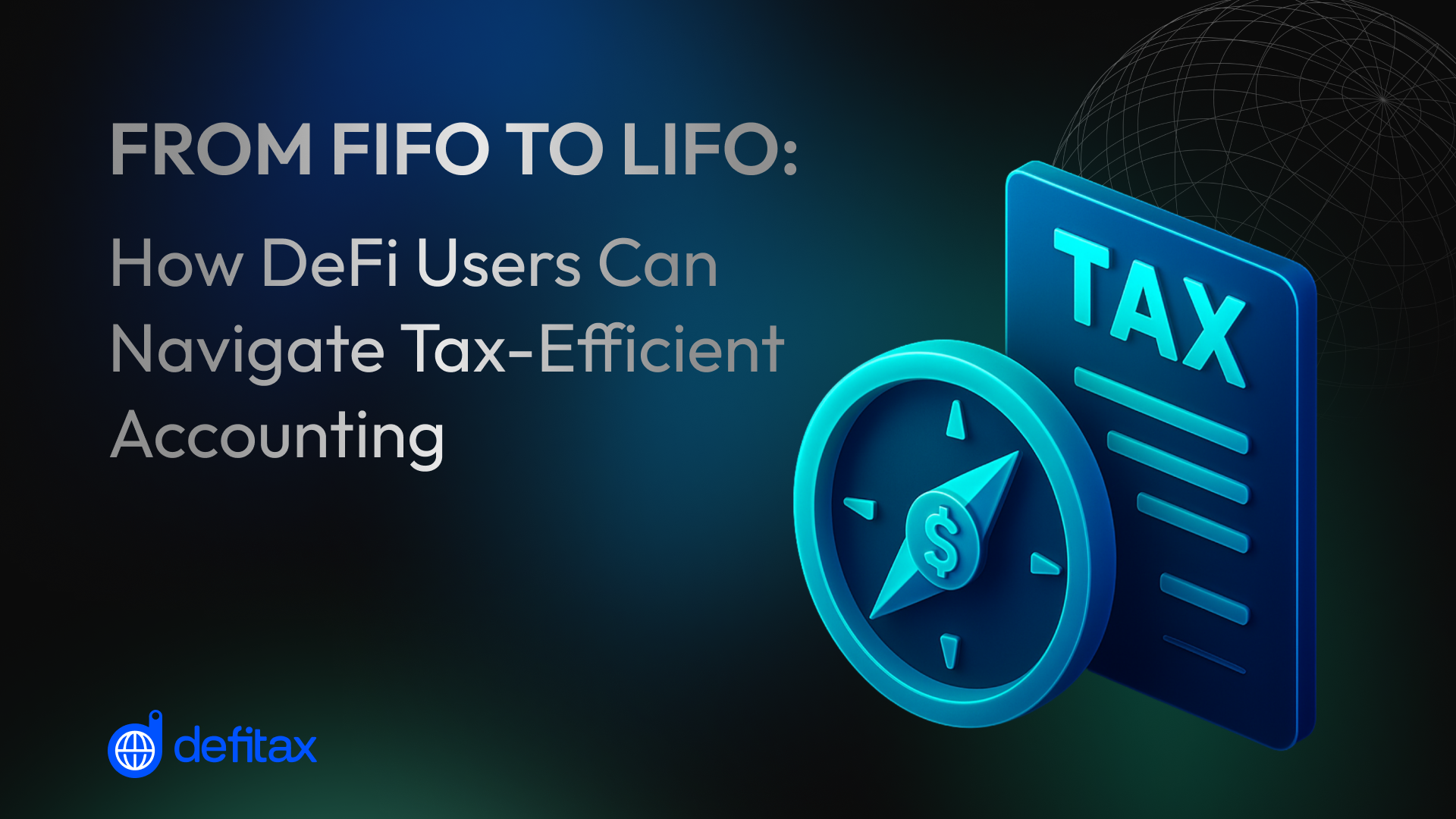
As decentralized finance continues its rapid expansion, crypto enthusiasts are discovering that the tax implications of DeFi transactions have become as important as the yields themselves. At the center of it all lies the question of which tokens you sold first, and at what cost. This seemingly simple decision can dramatically alter the capital gains or losses reported at tax time, and consequently, your bottom line.
Not long ago, the IRS treated cryptocurrency as property under Notice 2014‑21, triggering a taxable event with each trade or swap. Traditionally, FIFO (First-In, First-Out) was the fallback cost-basis method when no other option was chosen. But since 2019, the agency has allowed more sophisticated alternatives such as LIFO (Last-In, First-Out), HIFO (Highest-In, First-Out), and broader Specific Identification, provided users maintain detailed records that track acquisition date, time, fair-market value, and disposal specifics.
Fast-forward to the dawn of 2025: Revenue Procedure 2024‑28 mandates that all cost-basis calculations must now be applied per wallet or account, rather than pooled across platforms. Taxpayers selling from Wallet A must determine the cost basis of the tokens in that same wallet, even if identical tokens were previously purchased in Wallet B. This shift signals a new era of precision and accountability in crypto tax reporting.
Consider an investor who bought Bitcoin at different price points and now wants to dispose of some for cash. Under FIFO, the earliest purchases are considered sold, awesome for triggering long-term gains but often suboptimal in a bull market because those initial coins likely had the lowest cost basis. On the other hand, LIFO chooses the newest coins first, which may carry a higher cost basis and thus shrink taxable gains, even if the sale triggers short-term taxes. The far more aggressive HIFO method always selects the token with the highest cost basis, providing the most effective immediate tax reduction, though it demands meticulous record-keeping.
For instance, when token prices have increased steadily, using HIFO may deliver the lowest taxable profit, followed by LIFO, while FIFO surfaces the highest liability. But before choosing, one must weigh the complexity of record-keeping, the number of trades, and how quickly long-term gain thresholds are reached.
Imagine Kevin, an early adopter who accumulated 0.5 BTC across three different lots: one bought at $6,000, another at $12,000, and a third at $15,000. When she cashes out at $50,000, her choice of method matters:
That choice illustrates the inherent balancing act in DeFi: save on taxes now, but risk forgoing a more favorable long-term rate, or vice versa.
When prices fall, LIFO and HIFO again come into their own. By selecting lots with the highest cost basis, you realize larger losses more quickly, and losses that may offset other gains or even ordinary income up to $3,000 per year. FIFO, selling your cheapest lots first, would underreport losses, missing these potential deductions.
The IRS has made clear that sophisticated identification methods may be used without prior exchange notification through the end of 2025, provided tax lots are auditable down to date, time, and value. Per-wallet tracking, mandated in 2025, means exchanges and wallets must report cost-basis tied to each account’s history.
By 2026–2027, Form 1099‑DA reporting will require brokers to default to FIFO, unless users properly declare alternatives like LIFO or HIFO, supported by comprehensive documentation.
Active traders, especially those operating across multiple wallets and executing frequent swaps or smart-contract interactions, should consider HIFO or Specific-ID to manage taxable events and tailor holding periods strategically. However, this tactic demands top-tier software and rigorous audit trails.
Passive holders focusing on long-term gains may favor the simplicity and consistency of FIFO, aligned with IRS default methods. LIFO represents a middle ground for those seeking immediate tax benefits without full complexity.
As DeFi evolves and IRS oversight intensifies, the choice between FIFO, LIFO, and HIFO/Specific-ID in cost-basis accounting is no longer casual; it’s a strategic lever in tax planning. The transition to per-wallet rules, the phased rollout of broker reporting, and the ability to select from advanced methods present both challenges and opportunities.
Report wisely, track diligently, and align your lot selection with your portfolio timeline. When the IRS scrutinizes blockchain activity, a proactive strategy, clear documentation, and the right accounting method may save you thousands of dollars and serious headaches.